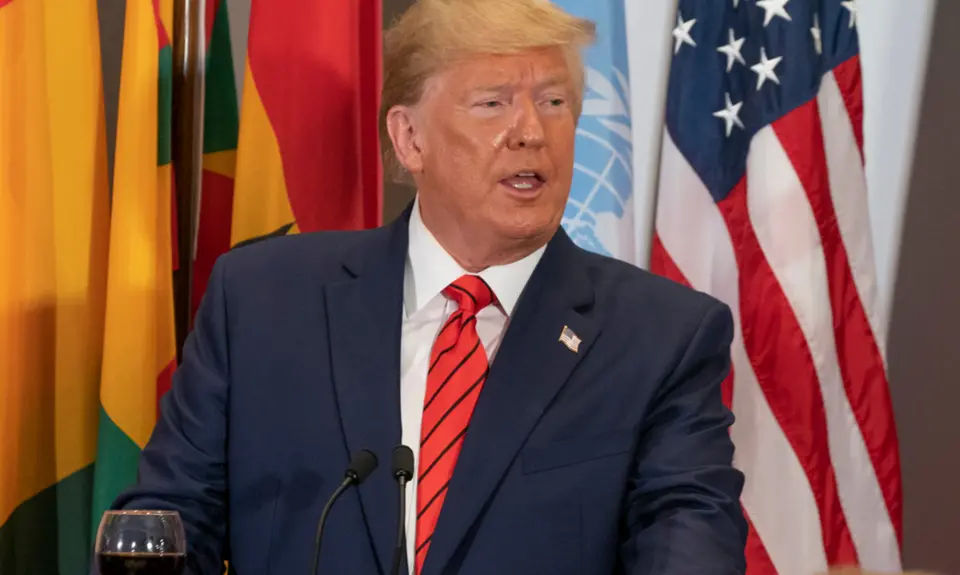Following the release of a jaw-dropping whistleblower complaint recounting the efforts of various people in the Trump administration, including President Trump himself, to solicit Ukraine’s interference in the 2020 elections, one thing is clear: the American people have every right to expect all those who participated in this scheme to be held accountable.
But how did we get here?
Jared Holt, an investigative reporter for People For the American Way's Right Wing Watch, believes it's the president having abandoned the world-class intelligence to which he has access in favor of the far-right conspiracy theories that have long motivated him and his political base.
In an op-ed in The Washington Post, Holt details the CrowdStrike conspiracy theory pushed by Trump and such right-wing stalwarts as Roger Stone:
In the account of the conversation that was released by the White House, Trump name-dropped CrowdStrike, the cybersecurity firm the Democratic National Committee hired to conduct an investigation surrounding the hacking of its email servers in 2016. According to the memo of the conversation, Trump asked Zelensky to “do us a favor” and “find out what happened” to a fabled data server that hyperpartisan actors, including longtime Trump ally Roger Stone, have fixated on in an attempt to delegitimize CrowdStrike’s investigation. That investigation found “two separate Russian intelligence-affiliated adversaries present in the DNC network,” and those findings were consistent with analysis by U.S. intelligence officials and independent cybersecurity firms.
Holt goes on to make the connection between Trump, his conservative media allies, and his right-wing base:
Fringe right-wing conspiracy theories often graduate from anonymous message boards and social media to the national stage on Trump’s Twitter account and on Fox News; the two often operate symbiotically. It can often take just days for a theory to launder itself as it travels from fringe blog to a presumably reputable social media personality or conservative media outlet and then on to the Fox network.
When a theory is amplified for Trump, it instantly catches fire among his supporters; old theories are re-litigated, and emerging theories erupt. When that happens, national media outlets scramble to demystify the theory, which inadvertently spreads its claims. The debunking often has little effect on theory-believers’ interpretation of the information; after all, any press critical of the president must be “fake news.”
According to Holt, Trump has built his administration on putting politics ahead of expertise and reason:
Information from the fringes has often served two uses for Trump: inspiring his actions as president and justifying his administrative agenda.
You can read Holt's op-ed in full at The Washington Post.
